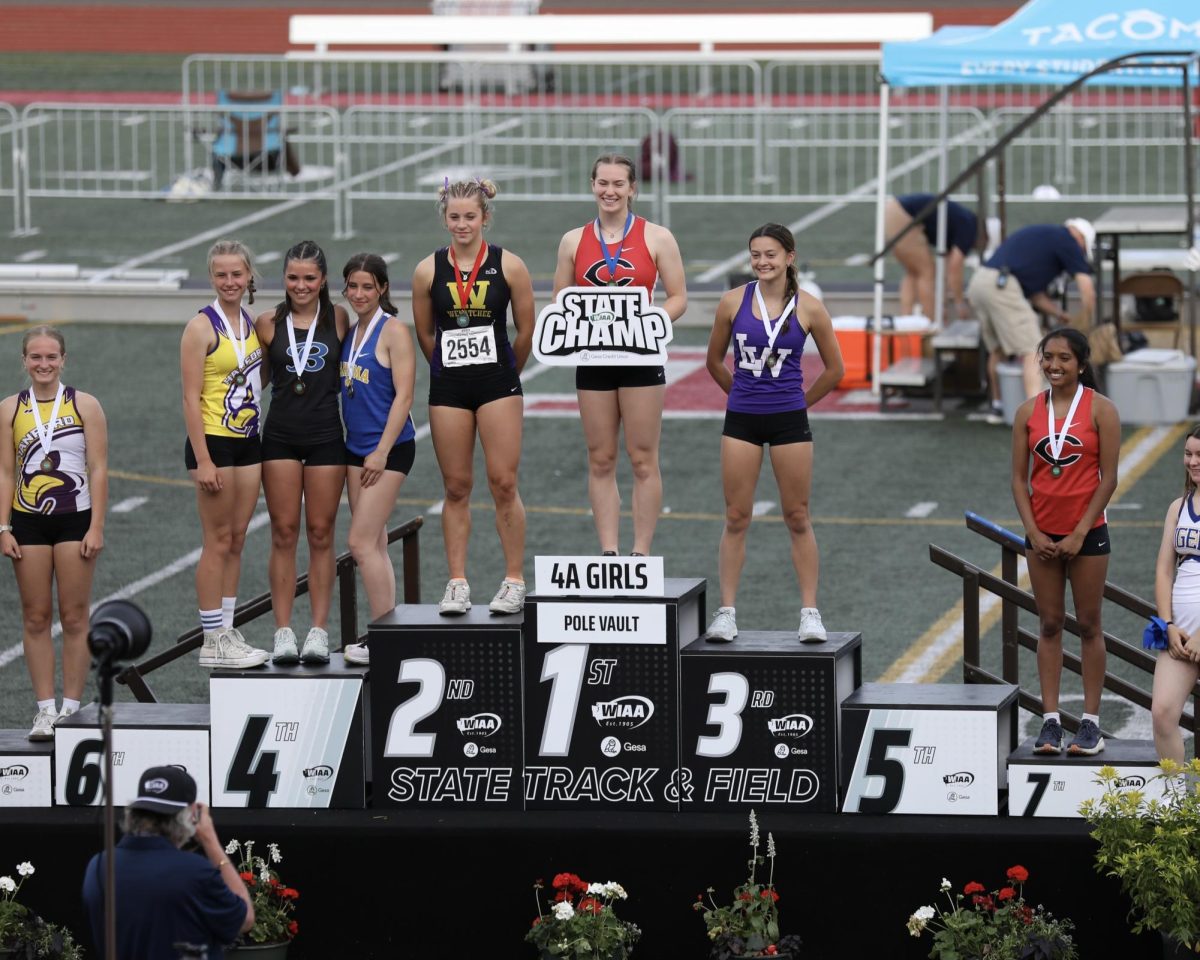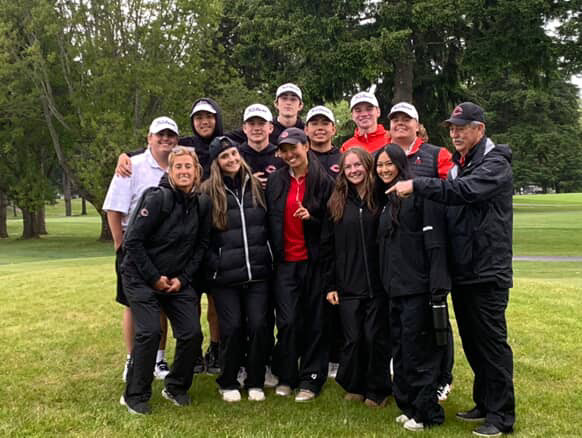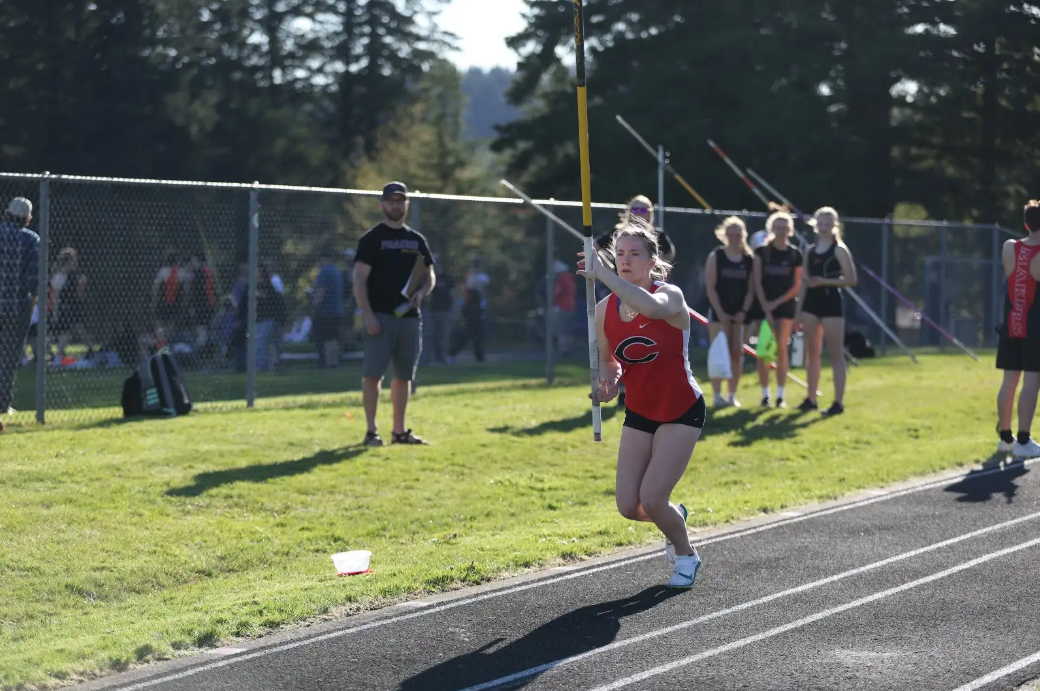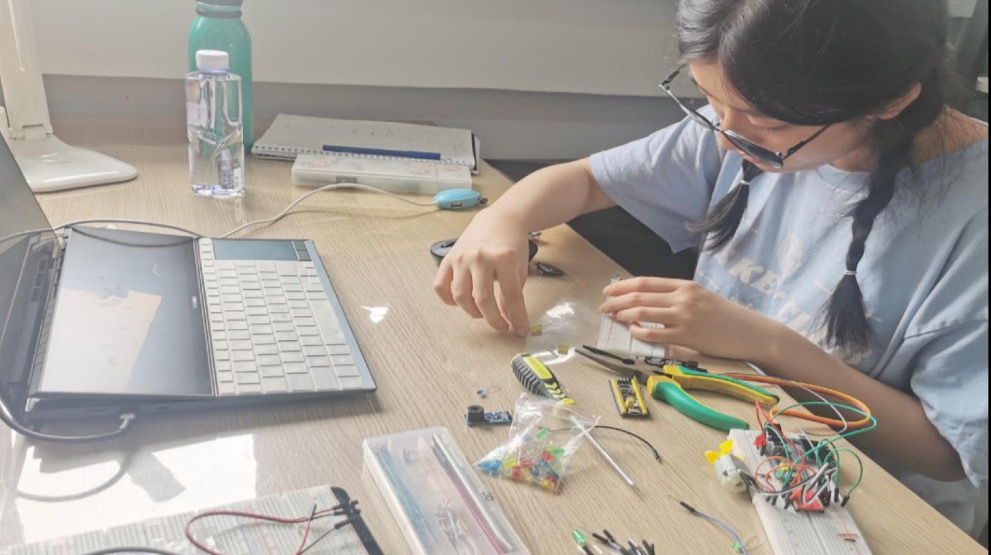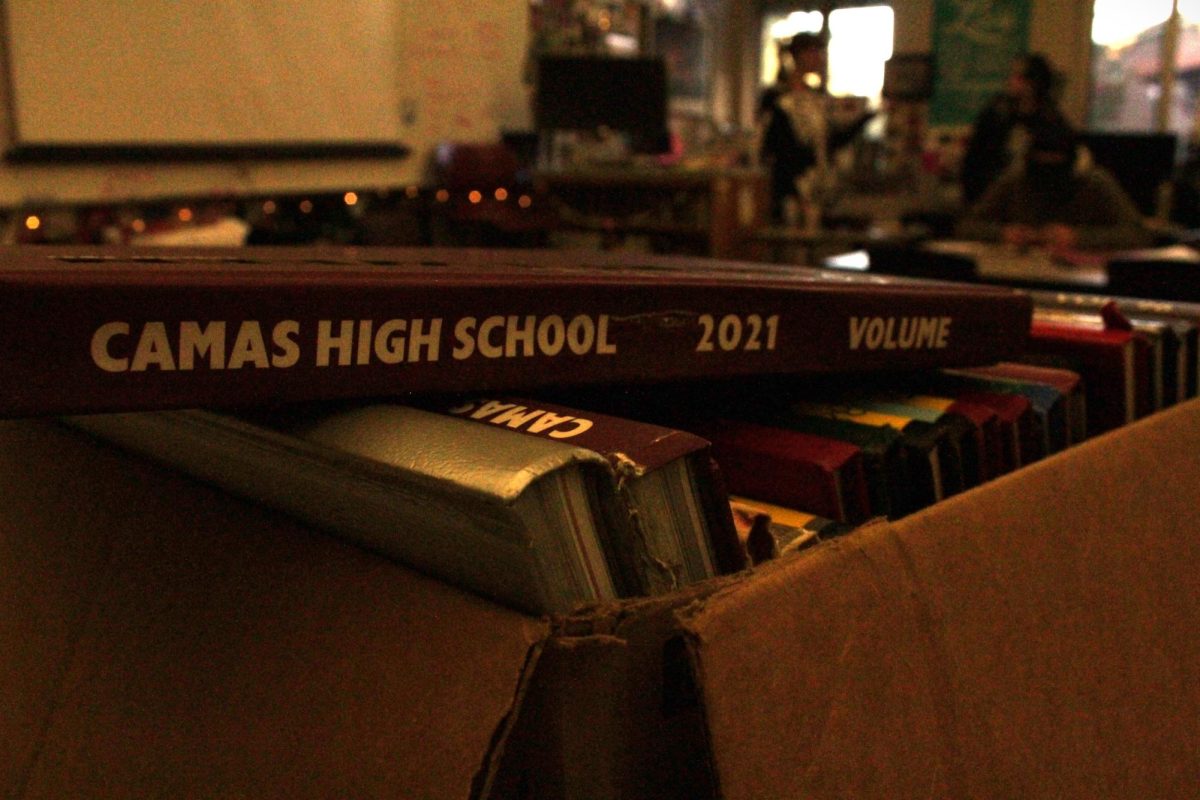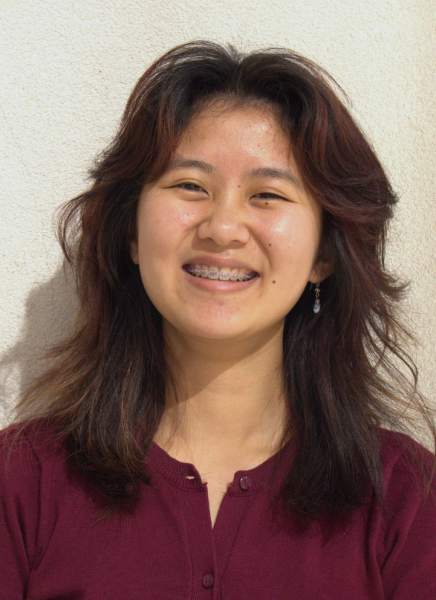Camas High School (CHS) has grown alongside the rest of the world, the product of growth in society’s view on minority rights.
The first version of CHS, a one-room schoolhouse, opened its doors in 1913, and the oldest yearbooks on campus date back to 1917. Over a century’s worth of knowledge details the school’s history and its relationship with students of different ethnic backgrounds.
Japanese and English teacher Karen Lovre has taught at CHS for over 25 years and has noticed growth in diversity.
“I have seen a pretty big increase in the number of students with a variety of different ethnic backgrounds. It’s wonderful that Camas is a more diverse school than it used to be,” Lovre said.
However, despite that increase, according to district data, as of the 2022-2023 school year, students of color make up only 34.2% of the student body.
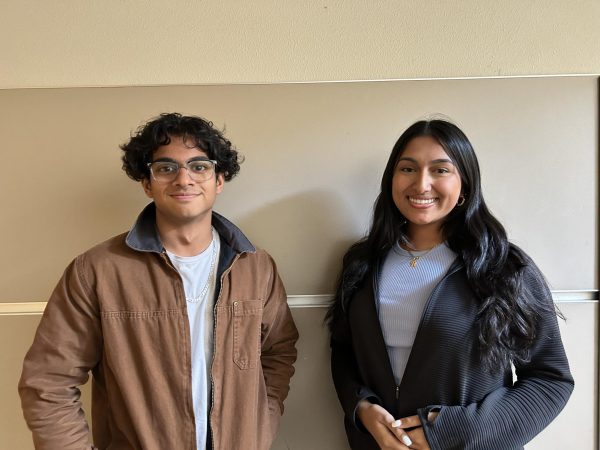
“I would feel lost as I was one of the few South Asians at my school. I was afraid of the common stereotypes regarding being Indian,” CHS senior Rina Patel said.
Patel is also the co-president of the South Asian Student Association (SASA) club at CHS. In collaboration with co-president Arnesh Patnaik, she hopes to use club activities like a Bollywood movie night to provide a home base and a safe space for South Asian students to express a shared culture.
Similarly, the Black Student Union (BSU) club is central to CHS’s community of African American students.
Esther Nyaturu, a sophomore at CHS and the treasurer of BSU, knows how important it is to find and connect with people who share personal experiences and cultural backgrounds. That is why she hopes all black CHS students attend at least one BSU meeting.
“[BSU] is really great for building community,” Nyaturu said.
CHS senior and BSU President Sophia Wade is creating a regional connection by hosting a black student mixer with all the BSUs in the Portland metro area for her senior project.
“I go to an annual conference with all these black teens and that’s something that I found was really profound for me, so being able to bring something similar to that to Camas would be really powerful,” Wade said.
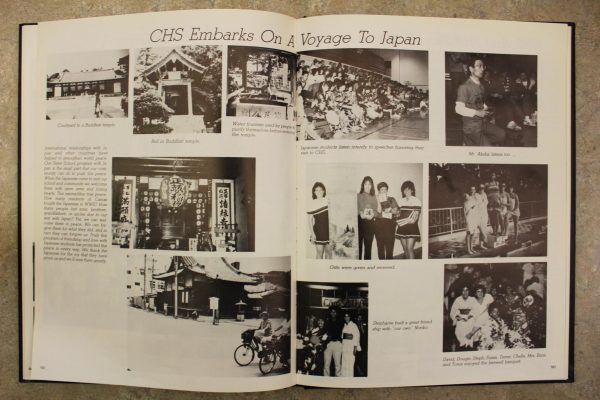
This is not the first time Camas students have reached beyond city boundaries to support diversity. Starting in the early 1980s, CHS had an exchange program with a sister school in mainland Japan. Students from the school, called Seirei Christopher and CHS students, would travel to the other country and stay with a host family. The project’s mission was to connect two cultures that would not otherwise intersect while revitalizing a positive relationship between Japan and the United States after WWII. Seirei Christopher ended the program in 2013 due to budgeting issues.
Gina Mariotti-Shapard, a CHS alumni who now teaches Everyday Photography and Calligraphy at CHS, took the first trip to Japan for the program. She recalls touring a piano factory, taking a bullet train to Kyoto, Japan, and spending time with her host family. Besides visiting Mexico, this trip to Japan was the furthest Mariotti had ever been from Camas; seeing how another culture integrated tradition into a modern world was exciting and enlightening.
Mariotti believes CHS should prioritize its language programs to continue promoting exposure to cultures and ethnic diversity.
“Part of teaching a world language is that you try to instill the idea of inclusivity and helping students learn about other cultures,” Mariotti said.
Mariotti used to teach French at CHS, but because she felt like her students deserved a fully fluent teacher, which she was not, she quit in hopes Camas School District (CSD) would hire a new French teacher. However, citing budgeting cuts, district leaders shut down the program after the 2020-2021 school year.
Lovre agrees that language is a vital part of cultural diversity and acceptance.
“It’s hard for [my students] to grasp that there’s entire different ways of operating in the world outside of English-speaking-American-white-traditional Camas culture,” Lovre said.
Lovre’s two daughters went to a Portland Japanese immersion school during their elementary years, and Lovre believes it helped them learn a second language and another culture. As of now, there is no language immersion program in CSD.
At CHS, students of color are also trying to reestablish the Global Intersectional Alliance (GIA) club, which withered due to a lack of activity ideas. GIA’s mission is to not only unite all the different diversity clubs at CHS but to incorporate smaller ethnic groups that do not have enough representation at CHS to justify founding a new club (e.g., Native American, Pacific Islander, Middle Eastern, etc.).
“With [GIA] meetings, we could probably create ideas and build ways to make every student in the school feel appreciated,” Patnaik said.
Between student involvement and teacher support, the future of racial and ethnic inclusion and awareness at CHS is promising.

